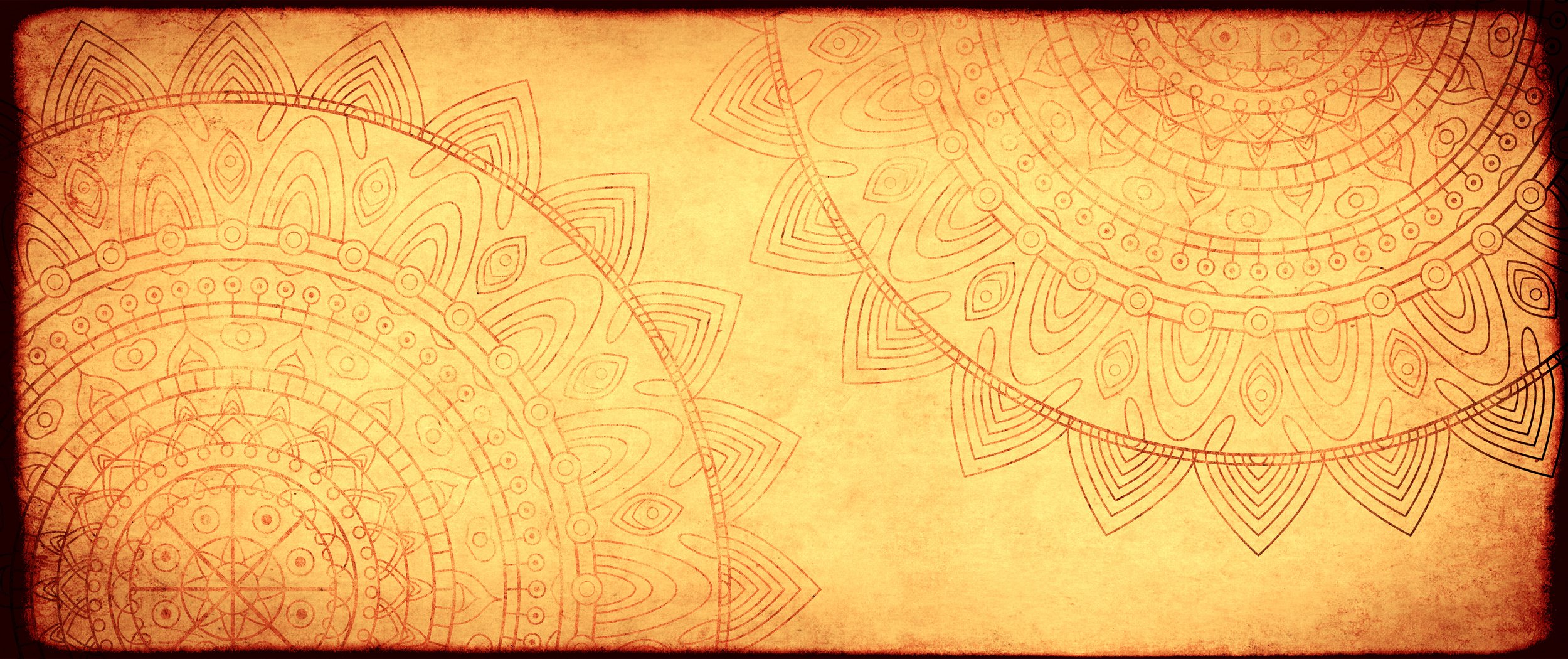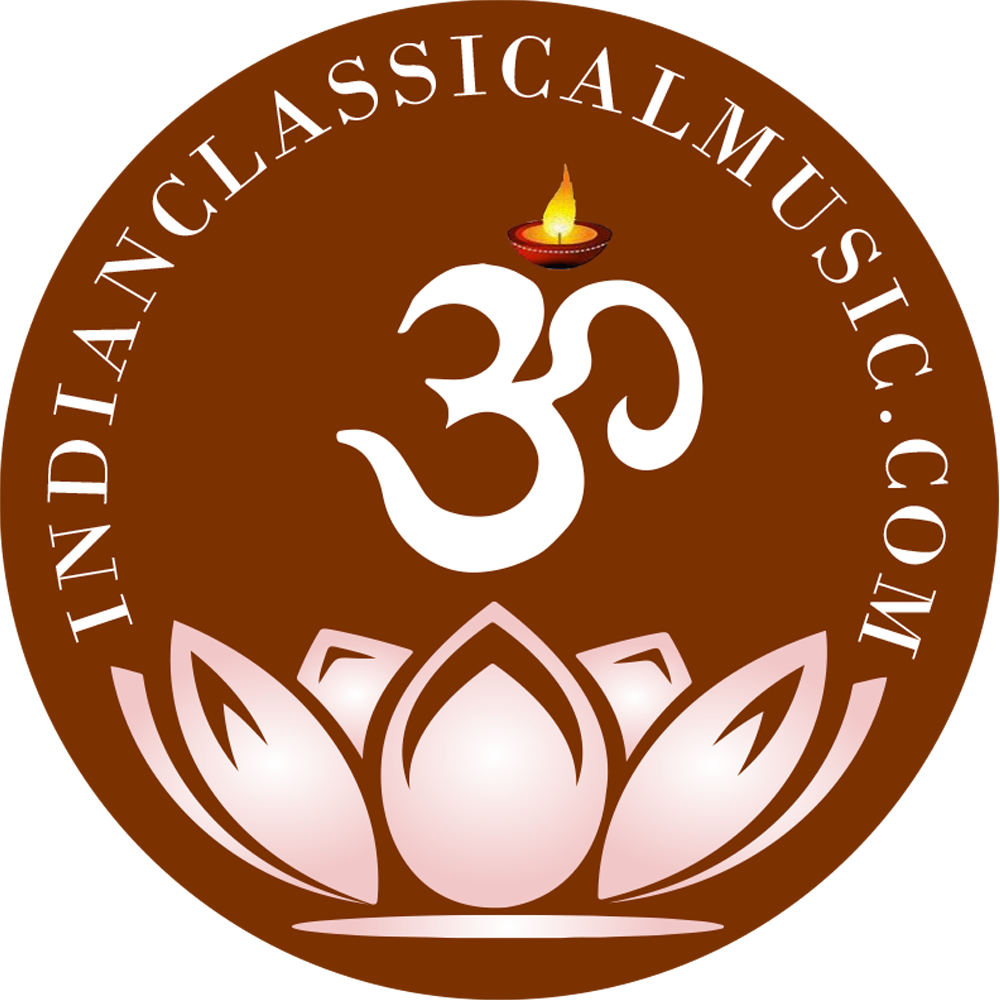
History of Indian Classical Music
-
Indian classical music during the ancient times
The origin of Indian classical music dates back to the Vedic times and reference of the concept of Nadabrahma is found during this time. Chants and a system of musical notes along with rhythmic cycles are found in vedic scriptures dated 6,000 years ago. Ancient text Samveda, containing organized music, was structured to melodic themes. Samaveda is called the veda of music and is considered to have provided the foundation for Indian music. The Samaveda consists of hymns of Rigveda which are set to melodies. These hymns used to be sung using three to seven musical notes during Vedic rituals. The Rigveda embeds the musical meter as well. It is believed that the earliest raga originated from Samaveda. Music was purely chanting of verses in musical patterns in the late Vedic period.
During the ancient times, two musical genres prevailed : Gandharva and Gana. The Gandharva was the formal composed music performed during ceremonies. This music was considered celestial and divine. The Gana was the informal and improvised music performed for entertainment performances. Prabandh Sangeet, a form of music written in Sanskrit, became very popular during the second to the seventh century CE. It is believed that the form of Dhruvapad evolved from Prabandh Sangeet.
The first reference to music can be credited to Panini in 500 BCE and the first reference to the musical theory can be credited to `Rikpratisakhya` in 400 BCE. The ancient classical text, Natyashastra, by Bharat Muni is the foundation of numerous classical music and dance traditions of India. Natyashastra was the first musical work in written format that divided music into octaves and 22 keys. Another important ancient text ‘Dathilan’ talked about 22 srutis per octave. Other two important written works that are worth mentioning are Brihaddesi by Matanga in the ninth century where Matanga tried to define Raag and Sangeeta Makarand by Narada written in the 11th century, describing 93 raags. Raags were classified into feminine and masculine categories in Sangeeta Makarand.
-
The early music of India may be categorized under two heads: religious music or Vedic Music and secular music or Loukik Music. Vedic music or religious music was true to its name and exclusively religious. Secular music, which was called Loukik was of two types: Gandharv Loukik, and Deshi Loukik. The Gandharva Loukik tradition of music was the so-called Margi Sangeet or Margi Music, and the Deshi Loukik tradition was the so-called Deshi Sangeet.
Margi Sangeet was practiced by the Bhugandharv class of people in the temples. Deshi Sangeet was the non-temple music of ancient times. It differed from Margi Sangeet in several ways:
Margi Sangeet was practiced by the Gandharvas or others under the supervision of the Gandharvas who were well versed in the arts.
There were three categories of Gandharvas:
The Bharat sect: the drama directors
The Narad sect: the music directors
The Tandu sect: the dance director
On the other hand, Deshi Sangeet was practiced by ordinary people.
Margi Sangeet was temple music or music in performance whereas Deshi Sangeet was related to life outside temples or places of performance.
Margi Sangeet had strict song forms, rigid melodic and rhythmic rules, and other formalized grammatical norms. Deshi Sangeet was initially free of such rules but later came under the framework of the Gandharvic rules to a great extent, but not fully. It was such Gandharv-influenced Deshi Sangeet that gave rise to the institution of the Raag in Indian Classical music.
Margi Sangeet was used for different religious requirements including mystic practices on the one hand and for theatre on the other. The theatre was a formalized classical art with strict rules of predetermined appropriate music at appropriate places. It included the use of an orchestra, called Kutap.
Deshi Sangeet, however, did not generally have the restrictions of Margi Sangeet. Margi Sangeet was based on two types of melodic structure or underlying logic:
Jati: practiced by Bharat sect.
Raag: Practiced by Narad sect.
(These Raags must not be confused with the Raags of the Deshi tradition. The Raags of the Margi tradition were used to sing in religious ceremonies or dramatic productions; they have become obsolete today. The Deshi Raag traditions continue, with many influences and modifications along the way, including important incorporations from the Raags and rules of the Margi tradition. For example, one rule relating to Raag was that of Moorchhana, which requires particular note progressions to be used.
Margi Sangeet was so named because it used the logic of different rhythm structures that were in use at the time. These structures related to the tempo of the music and went by names like Dakshin Margi, Chitra Margi, Vartik Margi, etc.
Deshi music was not bound by these requirements.
-
Indian classical music during the medieval times
The development of Hindustani classical music reached its peak during the medieval time. Amir Khusrau, who was the most influential musician during the Delhi Sultanate is credited for systematizing many aspects of Hindustani music and introducing many ragas. Instruments like Sitar and tabla also came into existence during this time. Legendary musician Tansen, who was the court musician in the court of Emperor Akbar, introduced many musical aspects to Hindustani classical music. He created and composed many ragas and compositions including popular ragas like Miyan ki Todi, Miya ki Malhar, Miya ki Sarang, Darbari etc. Tansen’s innovations, his creativity and style inspired many gharanas and many modern gharanas link themselves to his style.
During the medieval times, the literary work related to Indian classical music has been extensive. Sanskrit text Sangita-Ratnakar by Sharangdev written in the 13th century has mentions and discussions of Raags and Taals. Sangita Ratnakar is one of the most complete definitive texts which encompasses the structure, technique and the reasonings of raags and taals and is regarded by the musicians of the modern era as well. Indian classical music evolved tremendously during this time due to the impact of Persian influence and it started diverging out into North Indian or Hindustani classical music and South Indian or Carnatic classical music. During the thirteenth and fourteenth centuries, Hindustani classical music evolved in the northern part of India. In addition to the influence of Vedic philosophy, native Indian sounds, and Hindu musical traditions, Hindustani classical music was highly influenced by the Persian performance practices of the Mughals. The ancient devotional form of Dhruvapad evolved into Dhrupad during the 15th century.
-
Indian classical music during modern times
By this time, Indian classical music was clearly diverged into Hindustani classical music and Carnatic classical music. Khayal gayaki evolved from Dhrupad. The term ‘Khayal’ means imagination and is the modern form of Hindustani classical music. The Khayal developed as a new form of singing in the eighteenth century. Semi classical Thumri evolved from Khayal gayaki. During this time, Nawabs and Maharajas(kings) were the patrons of Hindustani music. The patronage from the Nawabs and maharajas declined during the 20th century. During the time of British India, most of the nawabs and wealthy people lost their wealth and did not have resources to act as patrons to the musicians. India gained independence in 1947. As a result, many musicians took up other occupations or started giving live performances to earn their living. Indian classical music suffered a loss during this time, but the advent of media like All India Radio brought musicians to the general public which helped Indian classical music to come out of the loss that it incurred due to the decline of patronage system. Towards the end of the 19th century and beginning of the 20th century, two noteworthy musicians/ scholars, Vishnu Digambar Paluskar and Vishnu Narayan Bhatkhande brought Hindustani classical music to the masses through music conferences and music classes, parting away from the early guru-shishya tradition. During the 1900s, legendary musicians Ravi Shankar and Ali Akbar Khan took Hindustani classical music to the western world and helped in popularizing it worldwide.
